Saturday 29 October 2022, 10am-5pm
Lancaster Hall Hotel, 35 Craven Terrace, London W2 3EL
Full paper abstracts and biographies of speakers below.
Ticket Prices:
Until 16 September:
Members £38
Non-Members £44
After 16 September:
Members £44
Non-Members £48
Register Online Now
Putting Joseph Braun’s Theory of Mitre Development to the Test
Nancy Spies, Independent Scholar
In 1907, Joseph Braun published his famous book, Die Liturgisches Gewandung im Occident und Orient, in which he included a chart and explanation for the early evolution of the mitre as he saw it. This evolution was posited as a linear one from one style of mitre to the next. In writing her book on the origins and early development of the mitre, Nancy Spies noticed serious issues with Braun’s chart and investigated them by employing experimental archaeology in the form of reproducing and experimenting with the mitre shapes in his chart. There were many questions answered during this process. Finally, a complete re-evaluation of Braun’s chart was possible. It shows that not only was the evolution nonlinear but that the styles were discrete entities bearing no relation to any of the other styles.
Nancy Spies is an independent scholar researching medieval dress and textiles, particularly ecclesiastical garments. She is the author of the ground-breaking book Ecclesiastical Pomp and Aristocratic Circumstance. A Thousand Years of Brocaded Tabletwoven Bands (Jarrettsville, Maryland, USA; Arelate Studios, 2000).
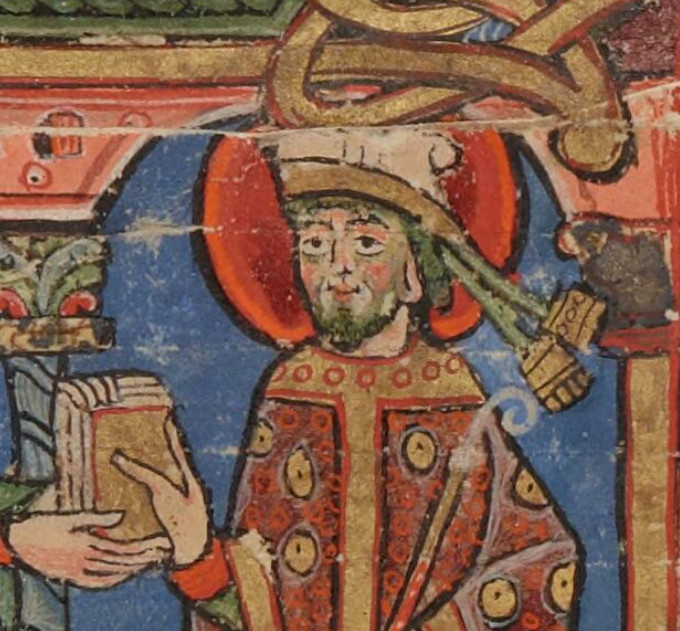
Clarifying and extending the typology of aiglets through a practical application of craft and experimental archeology
Gerald Livings, Independent Scholar
While substantial progress has been achieved in the research of clothing, textiles, and associated items over the last century, it is still the case that the body of research on the manufacturing and use of aiglets remains rather impoverished. Even less has been preserved about the manufacturing processes for aiglets. This information has been lost. The author maintains that knowing how an item is manufactured may lead to a better understanding of its use and how it affects material culture. This lack of knowledge about the manufacturing processes used to make aiglets prevents us from determining their role in society. Because the current typology of aiglets has developed informally over time as researchers needed to extend the system of classification as they worked, an area of contradiction has become apparent. The current classification scheme is based on a combination of features that can be at the same time, excessively inclusive, and at the same time exclusive. This leads to ambiguity as the same aiglet can be determined to fall under different types from a lack an adequate vocabulary. The goal of this presentation is to perform an overview of archaeological evidence, as well as to clarify and extend the typology of aiglets.
Gerald A. Livings is a Jewellery Educator, who strives to blend historical and modern methods of jewellery design and metalwork via lectures, teaching, and hands-on learning in a variety of traditional and contemporary materials and processes. He teaches the formal principles and elements of design as well as conceptual elements. Gerald also studies Historical Jewellery Manufacturing Processes. His ongoing project is the study of aiglets and how they fit into and affect the material cultures they are found in. He uses the designs, tools, and processes of the past and feels that using the tools that the people of the past used, brings him closer to them by sharing a common bond.
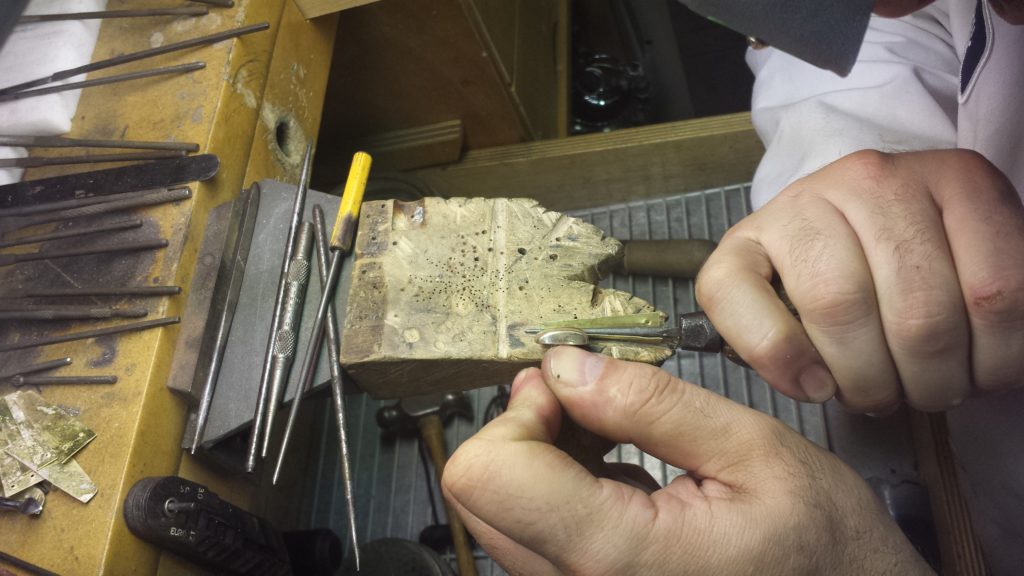
Reproducing the Littlest Holes in History: the reconstruction of c.13th- to 14th-century silk mesh hairnets
Sue Lamberton, Independent Scholar
Sue Lamberton has been carrying out a programme of independent research into the lives and work of 12th- to 15th-century London and European Silkwomen. In conjunction with this investigation, she began teaching herself the silkwork techniques these women would have been instructing their apprentices in, from fingerloop braiding to silk monochrome and brocaded tablet-weaving. After viewing a number of net fragments from 13-14C silk hairnets at the Museum of London, she decided to add netting to her textile techniques arsenal. She used close in-person study of the surviving Museum of London net fragments, plus tools in their collection, as well as the embroidered fragments of the V&A Boch Collection and Sint Truiden Abbey, Belgium.
She aimed to determine if a 21st -century silkwoman could acquire and develop a similar skill level to that of the women of 800 years ago, making some of the smallest known mesh size of 64 knots per cm 2 , as found in the Sint Truiden net 102. Following the commission of reproduction netting tools based on Museum of London examples dated late 14th-century and, more importantly, a 0.7mm mesh gauge, as well as overcoming the challenge of misleading instructions, she have been able to re-create this tiny mesh size and really experience the true nature of reconstructive experimental archaeology. She recently completed the main silk mesh body of a reconstruction of the red St Truiden fragment 107, ahead of working the embroidery.
Sue Lamberton is a self-taught textile artisan, focused on fine embroidery and intriguing textile techniques. She became involved with medieval re-enactment in the late 1990s, and over time became an independent researcher of historic textiles. She is now a demonstrator and practitioner of time-consuming historic silk work, and loves talking about and teaching these ancient skills to anyone who is interested. With her lifetime of love for beautiful natural fibres together with her respect for the original twelfth- to fifteenth-century silk women of London and other European cities, Sue has an insatiable curiosity to delve into the past and find out more about these extraordinary women, of whom a fascinating written record exists detailing their lives and work as artisans and independent business owners at a time when most women had few rights.
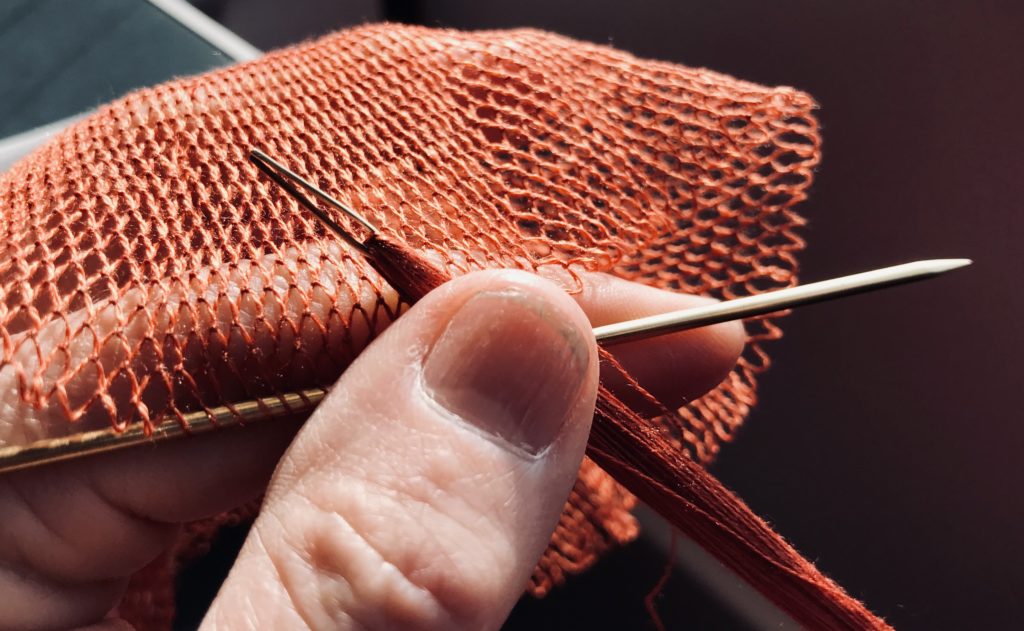
Tactile Engagement with Embroidered Museum Artefacts: producing a tactile wall hanging with Braille
Claire Frampton, Oxford University Gardens, Libraries and Museums
As an assessment piece for the qualification Skill Stage 3 Hand Embroidery online learning with School of Stitched Textiles, Claire Frampton designed and made a tactile wall hanging with Braille. It has seven sections, each relating to an embroidery technique showcased at the Ashmolean Museum, Oxford. Period appropriate materials were used to reproduce historical techniques. The integrated text on each section gives information in Braille as well as text, part of an inclusive design aiming to encourage tactile engagement with embroidery techniques in the collections, where the artefacts are displayed behind glass. One section of the wall hanging reproduces part of a wide sleeved tunic embroidered in silk, dated 1500. The image on the tunic is ‘the Virgin and Child sit[ing] on a throne above St George killing the dragon’ (information from gallery label, artefact number AN.1885.783), sewn in chain stitch. The item is in a display called ‘The Coptic Church’, part of the history of Egypt, in the gallery ‘The Mediterranean World from AD 300’.
Claire Frampton is currently enrolled on the professional development certificate Associateship of the Museums Association, and works as a Visitor Experience Assistant at the Ashmolean Museum. After a BA degree in Art History/ History from Goldmiths College, University of London, in 2013 she graduated with an MA in Arts Policy and Management from Birkbeck College, University of London. In 2007 she completed an MA Fashion Curation from London College of Fashion. She researches and presents on current aspects of heritage, including theatre in heritage education, digitalisation of collections, and craft in heritage contexts. She is also currently undertaking a certificate Skill Stage 4 Hand Embroidery, City & Guilds, with the School of Stitched Textiles, as part of which she is developing her skills in historic hand embroidery techniques.
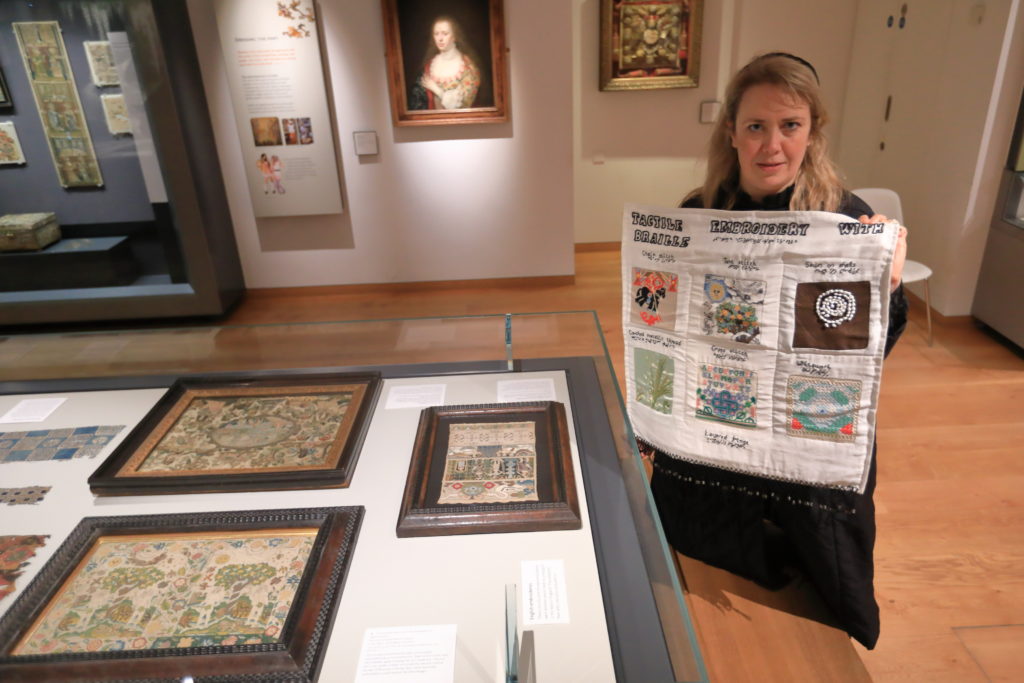
The Case for a Frame: building silhouette with padding and quilting
Tasha D. Kelly, Independent Scholar
In 2011, the author examined the small, red coat armour held in the Musée des Beaux-Arts in Chartres, France, an ideal extant example of a style of martial coat worn by men-at-arms in late 14th-century France, though child-sized. She sought and found answers about how makers of the time period constructed complex and variably-curved and -sized padding and quilting that combined to form a 3-D silhouette impossible to make solely with tailoring. This led to insights about the use of a taut base layer and the order of operations when quilting over padding. Further examination of photographs of similarly-quilted garments extant across Europe dating between the second half of the 14th century to the end of the 15th century show evidence of using the same techniques, which this presentation will highlight and explain, along with visual aids in the form of quilting samples. Comparison between the red coat armour and photos of the Black Prince’s coat armour, the Lübeck waffenrocks, and Diego Cavaniglia’s giornea will show how to recognize this specific technique for building quilted garments.
Tasha D. Kelly is an independent scholar of historical clothing construction in Europe, from the mid-14th century through the mid-15th century. In 2003 she developed a website to house her findings, cottesimple.com. She developed and sells a pattern-book for recreating the pourpoint of Charles de Blois. In 2011, the Society of Antiquaries of London awarded Tasha a Janet Arnold Award, for studying the small, red coat armour associated with the Chartres Cathedral, in France. This allowed her to recreate the garment and write a paper on her findings, which was published in Waffen- und Kostümkunde in 2013. She has presented papers at the major International Congress on Medieval Studies at Western Michigan University and International Medieval Congress at the University of Leeds. For fun, Tasha re-enacts with La Compagnia della Rose nel Sole, a Canadian and American group who portray a large mercenary company operating in northern Italy in the late 14th century.
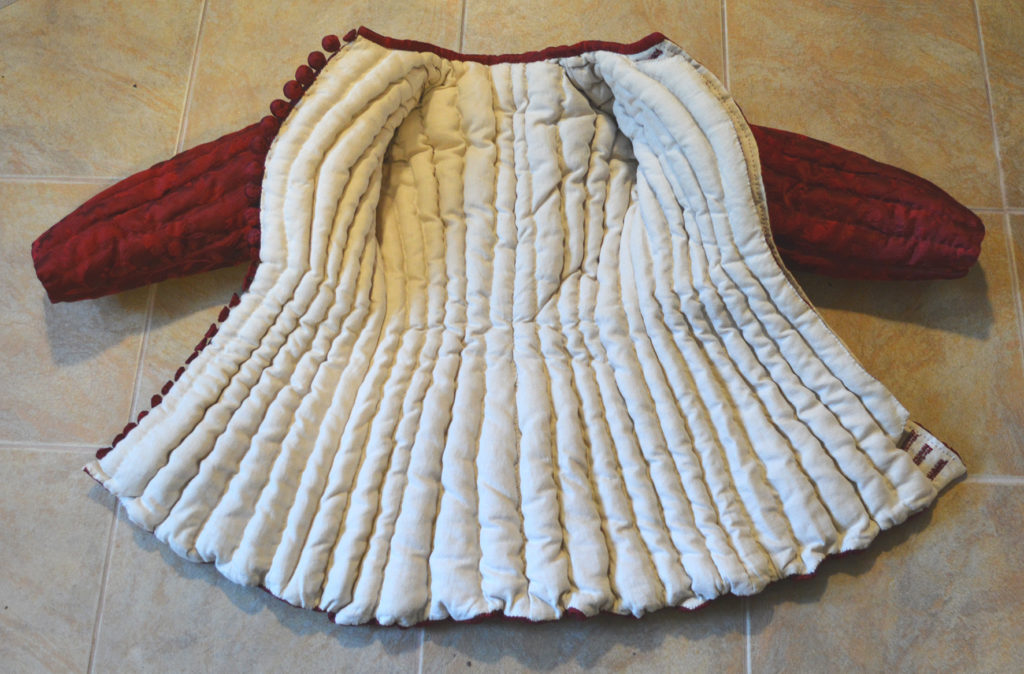
Data, Disciplines and Dress: establishing reconstruction as a scholarly research method
Jane Malcolm-Davies, The Globe Institute, University of Copenhagen
This paper explores a theoretical framework for the reconstruction of dress as a research method. It has been argued that ‘experimental history’ can draw upon similar methods to those used in experimental archaeology. However, ‘researchers, curators and conservators who have engaged in hands-on, experimental remaking of historical dress for decades have largely done so on an ad hoc basis’. (Hilary Davidson, The Embodied Turn: Making and Remaking Dress as an Academic Practice, 2019). For reconstruction to be a smart and scholarly research method, it must systematically employ well researched evidence from a variety of sources. The triangulation of data – well established in natural and social science – rigorously cross references evidence from a range of investigative methods. It produces a firm fix on the material under scrutiny and produces more credible results than those reliant on only one or two sources. The challenge is that different types of evidence demand specialist approaches, including quantitative and qualitative methods, which are not the traditional tools of dress history. Accurate reconstruction also demands interdisciplinary collaboration: from the interrogation of fibres at the micro level to how garments were worn at the macro level. This calls for new ways of working with integrated methodologies in pragmatic multidisciplinary teams, which include experts from the humanities, sciences and craft.
Dr Jane Malcolm-Davies is Associate Professor of Textile Analysis at the University of Copenhagen in the interdisciplinary parchment project Beasts2Craft. She leads ‘Knitting in Early Modern Europe’, an initiative begun during her Marie Skłodowska Curie Fellowship at the Centre for Textile Research. She has been a postdoctoral researcher at Southampton University, the University of the Highlands & Islands and Aalto University in Finland, and a guest researcher at Uppsala University in Sweden. She is co-director of The Tudor Tailor, a team of researchers who publish resources aiming to promote the accurate reconstruction of historic dress. She has run innovative projects in cultural heritage management for the Historic Royal Palaces and Buckingham Palace, including costumed interpretation at Hampton Court Palace for 12 years. Her first degree was in journalism. She has postgraduate diplomas in heritage interpretation and law, and for her doctoral research she investigated the educational benefits of costumed interpretation.
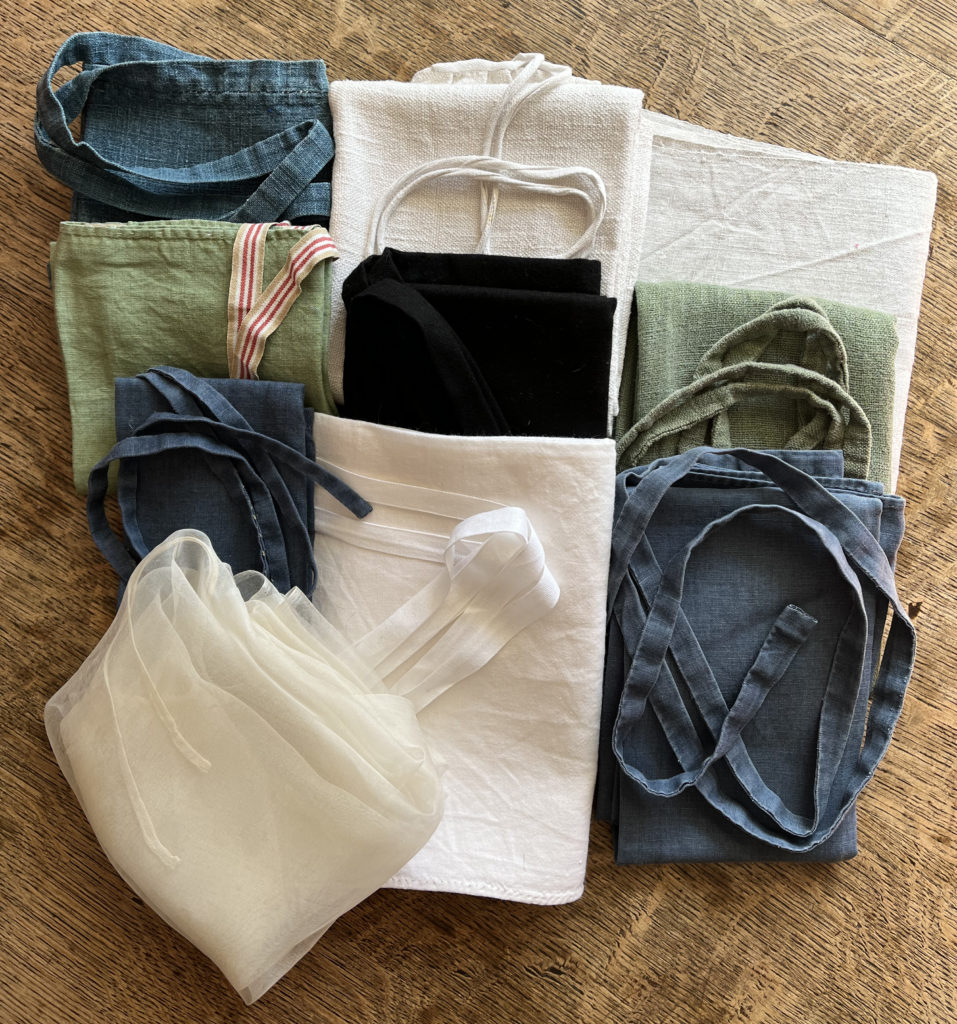
MEDATS Study Groups: the Beauchamp Weeper Hat Project
Challe Hudson, Jane Holland, Jane West, Independent Scholars
Many people now embrace remote work and meeting via video, enabling new interdisciplinary research collaborations. In 2021 MEDATS members formed a group to delve into the evolution of 15th century women’s headgear. This work informed and enhanced a garment reconstruction project by group members Jane Holland and Jane West initiated due to interest in wearing a reconstruction of the circa 1450 hat depicted on the figure of Anne Beauchamp, a weeper on the tomb of Richard Beauchamp in St Mary’s, Warwick. They tackled the question of how to turn flexible, two-dimensional fabrics into a structured, three-dimensional hat. The creators will discuss the fabrication and learning process, show prototypes created, and model the finished result. Members of the research group will be available to answer questions about launching your own MEDATS Study Group.
